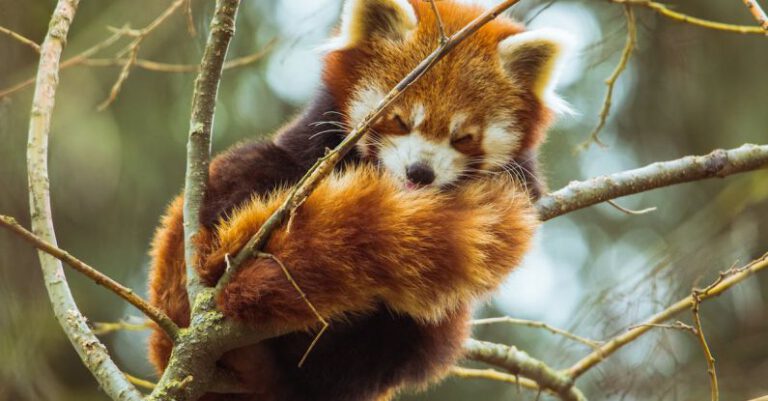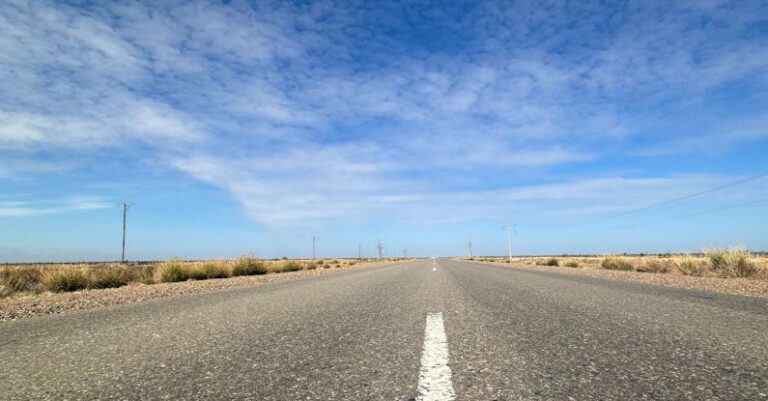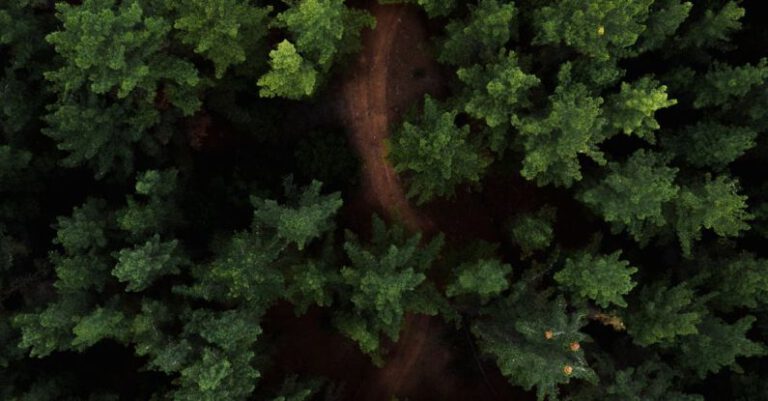How Close Can You Get to Wild Animals Safely?
Venturing into the wild and encountering magnificent creatures can be a thrilling experience. The allure of seeing animals up close in their natural habitats is undeniable. However, it is crucial to understand the boundaries and respect the wildlife to ensure both your safety and the well-being of the animals. So, how close can you get to wild animals safely? Let’s explore some essential guidelines to help you navigate these encounters responsibly.
Respect Their Space
One of the fundamental rules when observing wild animals is to respect their space. Approaching too closely can disrupt their natural behavior, cause stress, and even provoke defensive reactions. Remember that you are a visitor in their territory, and it is essential to maintain a safe distance. Observing from afar using binoculars or zoom lenses can provide an intimate view without causing disturbance.
Understanding Animal Behavior
Before approaching any wild animal, it is crucial to educate yourself about their behaviors and habits. Different species may have varying tolerance levels for human presence. Predatory animals, for instance, may perceive you as a threat if you get too close. On the other hand, some herbivores may be more tolerant but can still become agitated if they feel threatened. By learning about the animals you wish to observe, you can better anticipate their reactions and adjust your approach accordingly.
Stay Quiet and Calm
When in the presence of wild animals, it is essential to remain calm and quiet. Sudden movements, loud noises, or disturbances can startle the animals and lead to unpredictable behavior. By maintaining a peaceful demeanor and minimizing noise, you are less likely to agitate the creatures you are observing. Remember that patience is key when interacting with wildlife, and allowing them to approach you on their terms can lead to more authentic and rewarding experiences.
Responsible Photography
Capturing memorable moments with wild animals through photography is a popular activity for many nature enthusiasts. However, it is crucial to practice responsible photography to ensure the well-being of the animals. Using a telephoto lens allows you to get close-up shots without intruding on their space. Avoid using flash photography, as it can startle or disorient animals, especially those that are nocturnal. Additionally, refrain from baiting or luring animals with food to get a better shot, as this can disrupt their natural behavior and create dependency on human food sources.
Safety First
While the allure of getting up close to wild animals is undeniable, your safety should always be a top priority. Some animals may carry diseases, pose physical threats, or exhibit unpredictable behavior. Always maintain a safe distance as recommended by wildlife experts and park rangers. If you are unsure about the appropriate distance to keep, err on the side of caution and give the animals plenty of space. Remember that wild animals are just that—wild—and their behavior can be unpredictable.
Respecting Protected Areas
Many wild animals reside in protected areas such as national parks, wildlife reserves, and conservation areas. These spaces are designated to safeguard the natural habitats of animals and promote their conservation. When visiting these areas, it is essential to adhere to park rules and regulations regarding wildlife viewing. Stay on designated trails, follow posted signs, and listen to guidance from park staff to ensure that you are minimizing your impact on the environment and the animals that call these places home.
Appreciate from Afar
In conclusion, the question of how close you can get to wild animals safely ultimately comes down to respect and responsibility. While the temptation to have a close encounter with these remarkable creatures may be strong, it is essential to prioritize their well-being and safety above all else. By observing from a distance, understanding animal behavior, staying calm and quiet, practicing responsible photography, and respecting protected areas, you can enjoy the beauty of wildlife while minimizing your impact on their natural habitats. Remember that the privilege of witnessing wild animals in their element comes with a responsibility to protect and preserve these precious creatures for future generations to appreciate and admire.






